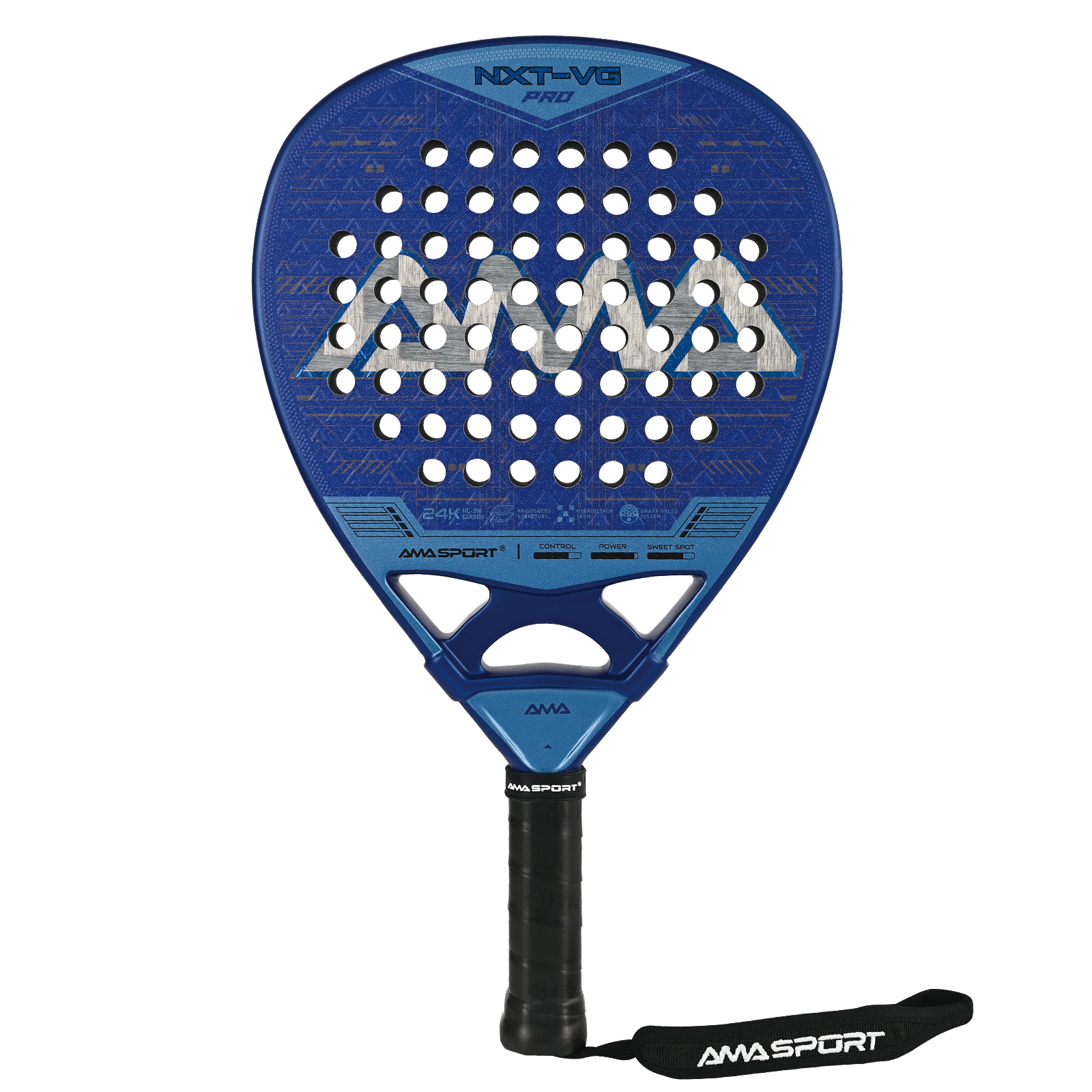Water pump seals play a crucial role in maintaining the integrity and efficiency of a water pump. Over time, these seals may wear out or become damaged, leading to leaks and potential engine damage. In this forum post, we will delve into the intricacies of water pump seals, discussing their importance, the signs of a failing seal, and the process of replacing them. So, let's dive in and explore the world of water pump seals!
- Understanding Water Pump Seals:
Water pump seals are designed to prevent the leakage of coolant or lubricants and to keep contaminants out. They consist of two primary components: the stationary seal and the rotating seal. The stationary seal is fixed to the pump housing, while the rotating seal is attached to the pump shaft. Together, they form a tight seal that allows the pump to function optimally. - Signs of a Failing Water Pump Seal:
Detecting a failing water pump seal is crucial to prevent further damage. Look out for these signs:
- Coolant leakage: If you notice coolant pooling beneath your vehicle or a drop in coolant levels, it may indicate a faulty water pump seal.
- Overheating engine: A failing seal can lead to inadequate coolant circulation, resulting in engine overheating.
- Unusual noises: A worn-out seal may cause grinding or squealing noises from the water pump area.
- Excessive vibration: A failing seal can cause the water pump to vibrate excessively, leading to potential damage.
- Can You Replace Water Pump Seals?
Yes, you can replace water pump seals, but it requires precision and expertise. Here's a step-by-step guide:
Step 1: Gather the necessary tools and materials, including a replacement seal kit, a torque wrench, and a seal puller.
Step 2: Drain the coolant and remove the water pump from the engine.
Step 3: Carefully disassemble the water pump, taking note of the seal's position and orientation.
Step 4: Use the seal puller to remove the old seals, ensuring not to damage the pump housing or shaft.
Step 5: Clean the pump housing and shaft thoroughly to remove any debris or residue.
Step 6: Install the new seals, following the manufacturer's instructions and ensuring proper alignment.
Step 7: Reassemble the water pump, making sure all components are securely fastened.
Step 8: Refill the coolant, ensuring the correct mixture and levels.
Step 9: Start the engine and check for any leaks or abnormal noises.
Conclusion:
Water pump seals are vital for the proper functioning of a water pump, and their replacement should be undertaken with care. By understanding the signs of a failing seal and following the correct replacement procedure, you can ensure the longevity and efficiency of your water pump. Remember, if you're unsure or lack the necessary skills, it's always best to consult a professional mechanic.





